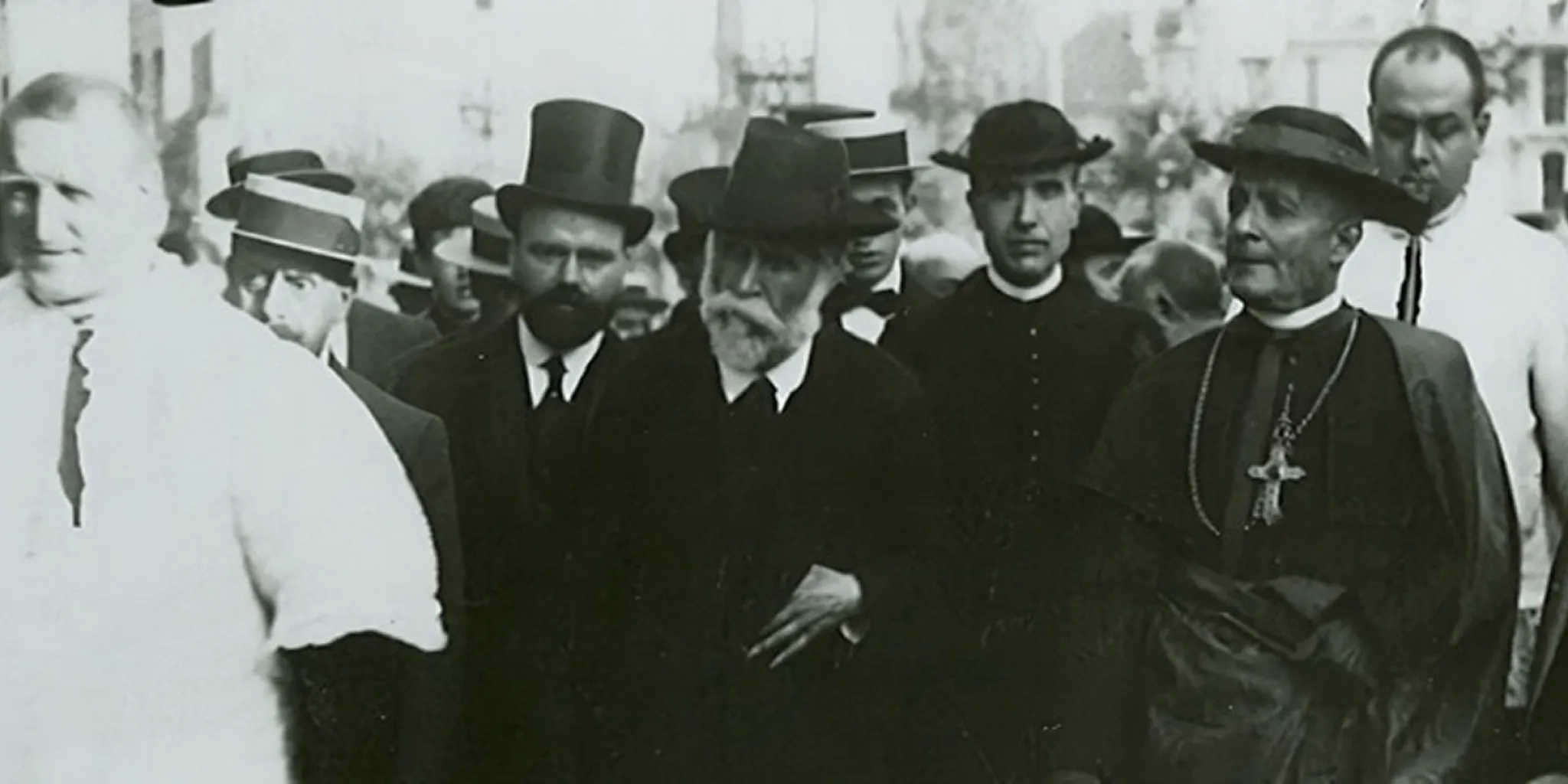
Biography of Antoni Gaudí
Antoni Gaudí i Cornet (1852-1926) is the genius behind La Pedrera - Casa Milà and one of the world’s most renowned architects. His unique, unclassifiable style, along with his innovative spirit, led him to design some of Barcelona’s most emblematic buildings. Gaudí’s work, original in its approach, transcended his time and the different architectural styles of the period.
“My ideas are indisputably logical; the only thing that makes me doubt them is that they have not been applied before.” - Antoni Gaudí
Gaudí’s life was marked by an attentive observation of nature, always seeking rationality in forms, in order to extract all its potential and usefulness in construction. His work, set in the context of the rise of Modernisme in Catalonia at the end of the 19th century, is a testimony to his creative genius.